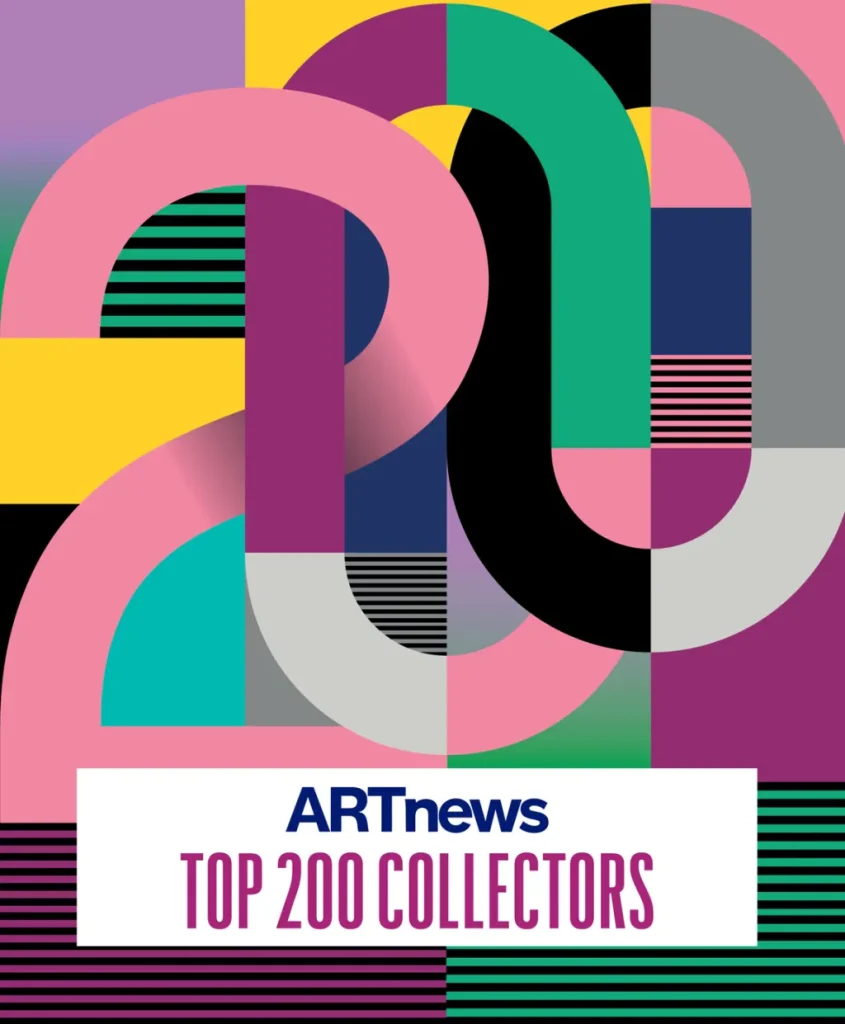Call it what you will—a cooling, a recalibration, a correction—today’s art market is far from the froth of a few years ago. Over the summer, three blue-chip dealers—Tim Blum, Adam Lindemann, and CLEARING’s Olivier Babin—called it quits. And if the present weren’t enough to worry about, journalists have been hand-wringing over the future. In May, the New York Times ran an article asking “Where Are Young
Art Collectors and Museum Donors?” and followed that up in June with a related article that rang an ominous bell, saying the next generation “is less keen on art than on experiences [and luxury items], raising a question: Does art collecting have a future?” This year, ARTnews has posed these questions about the state of the market and the future of art collecting to the esteemed collectors on our annual list, now in its 36th edition; their answers find silver linings in a cooled market, and a future that looks compelling.
“The cooling at the top isn’t a market failure. It’s a correction,” Basel Dalloul told us. “For serious collectors, it’s also an opportunity to refocus on where value is actually being created: with artists at formative stages of their careers.” Basma Al Sulaiman, a new addition to this year’s list from Saudi Arabia, said she believes that “the current slowdown in the art market presents opportunities—not necessarily a retreat from blue-chip collecting, but rather a moment to be more discerning. It’s not about avoiding high-value works, but about ensuring that the piece, the price, and the context are aligned.”
Several members of the Top 200 see “collecting as an act of responsibility,” as Patrizia Sandretto Re Rebaudengo put it, noting that it is “a shared effort to nurture artistic research and to create the conditions for experimentation.… I believe that collectors have a role not only in supporting what already exists, but in helping to shape what is yet to come.” Al Sulaiman agreed, adding that “collecting [is] not just an act of acquiring, but one of participation.”
As to the question of whether or not collecting has a future, Michael Ovitz, who began collecting in the 1970s, said he doesn’t “believe art collecting goes away”; in fact, “it’s grown so big—it’d be nice if it retracted a bit and removed the speculators.” Larry Marx, another veteran on the list, added, “Art collecting better have a future or artists will not have much of a future.… Collecting has withstood a
lot of changes.”
Alexander Petalas, another new entry on the list who is in his early 40s, offered a different perspective. “Young collectors face a dilemma that is out of their hands,” he said. “Bigger galleries are now raising the prices of younger artists faster than ever, pricing the young or developing collectors out of the market before they have a chance to build a relationship or deeper collection of those artists. This is a hindrance to the future of art collecting.”
But many of the collectors reiterated the importance of considering their art holdings beyond the financial value they might one day carry. Pete Scantland put it simply: “If you approach collecting as a journey of experiences and relationships rather than a checklist of acquisitions, it will remain vital, rewarding, and relevant—over time and in any market.”
